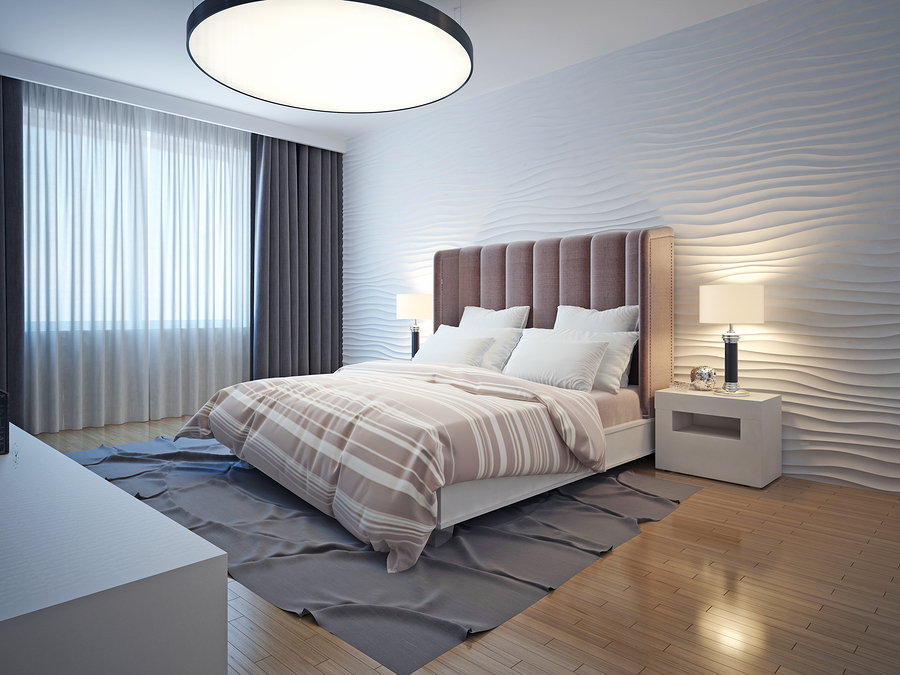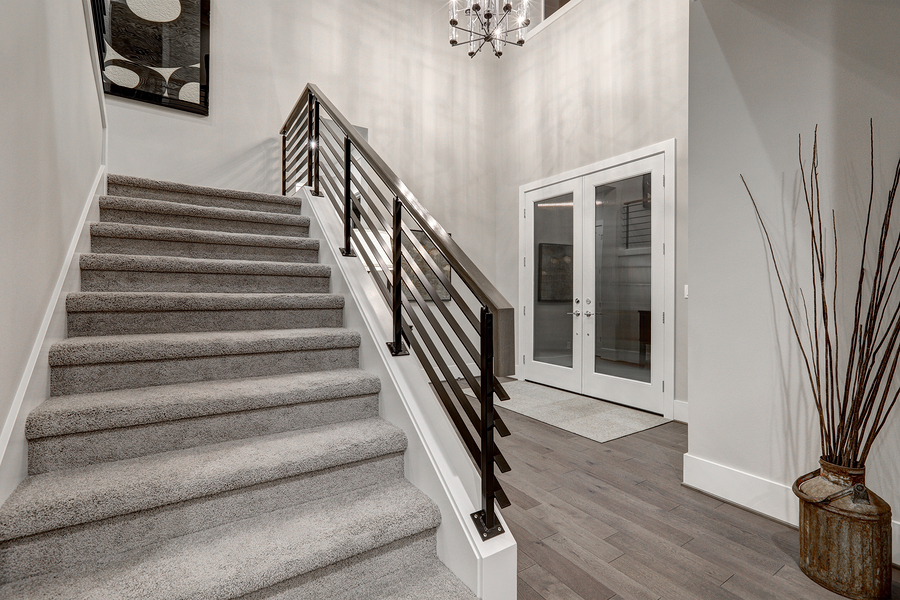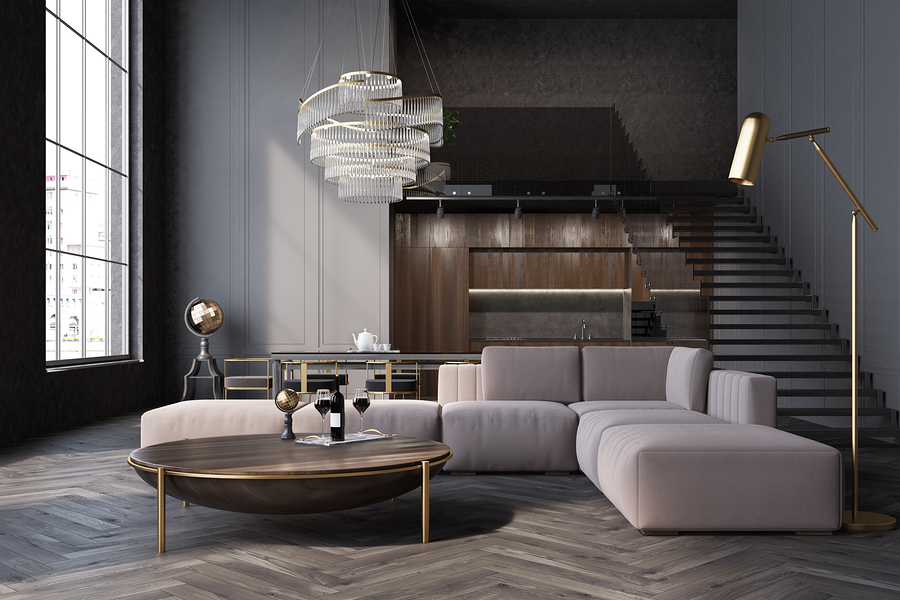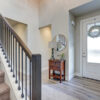There’s nothing quite like getting a new floor in your home or workplace to offer a fresh look and feel.
Whether you’ve bought a solid wood floor, laminate, or a luxury vinyl floor, it’s important to know how to get rid of pesky scratches and scuffs.
With that in mind, here is our little guide for dealing with the issues.
Dealing with scratches on your wood floor
Both scratches and dents on wood floors can be caused by a number of factors, but prevention is always better than the cure.
If you have heavy furniture in your home, consider buying pad protectors that you can place under the legs.
You can also place mats near exterior doors to capture dirt and grit that might cause minute scratches.
If the worst comes to the worst, and your protective coating happens to be scratched, start by cleaning the affected area using a microfibre cloth and a manufacturer-approved floor cleaner.
After you’ve wiped off the cleaner, apply an appropriate layer of protective finish onto the scratch, which should ideally be the same brand that is used on the rest of the floor.
If you have a solid wood floor, an option for excessive damage is sanding the floor down and refinishing it.
In both cases, it’s best to speak to experts such as ourselves to understand the best solution for your floor.
Dealing with scratches on luxury vinyl tiles

It’s common knowledge that vinyl tiles are highly resilient to scratches and large impacts, but as we know, accidents do of course happen (especially in the kitchen).
As with a wood floor, you’ll need to start with cleaning, and for this you will need to use a sponge and warm dishwashing liquid to deal with the scratched tile.
Once dry, you can use clear epoxy resin mixed with acrylic artist’s paint (matching the colour of the flooring) to place within the scratch before levelling it out and leaving it to dry.
If you happen to have excessive damage to a particular area, the advantage of luxury vinyl tiles is that you might only need to replace one single tile rather than the whole floor.
As before, if you’re unsure, or would like to know what the best resin is for your floor, get in touch so that we can advise you.
Scratches on laminate flooring

Unlike wood floors, laminate flooring cannot be sanded down, which means that marks on laminate floors need to be dealt with using wax or putty.
Minor scratches on laminate floors can be filled in with wax, but you need to be sure that it blends in with the rest of the laminate’s surface.
Again, contact Best at Flooring so that we can supply you with the correct information (and if possible, the appropriate tools for the job).
You can apply the wax using a specially designed pencil, moving the tip back and forth across the scratch using short strokes.
Once it has been filled in, use a soft cloth to buff at the edges until it blends with the rest of the floor.
In the case of major scratches or scrapes, you might need to replace the entire board, but as with luxury vinyl tiles, this can be done both easily and quickly.
No matter what kind of flooring trouble you’re having, Best at Flooring is always at hand to help you with your flooring support needs.
Contact us on 0113 333 9870 if you have any questions about damage to your floor.


